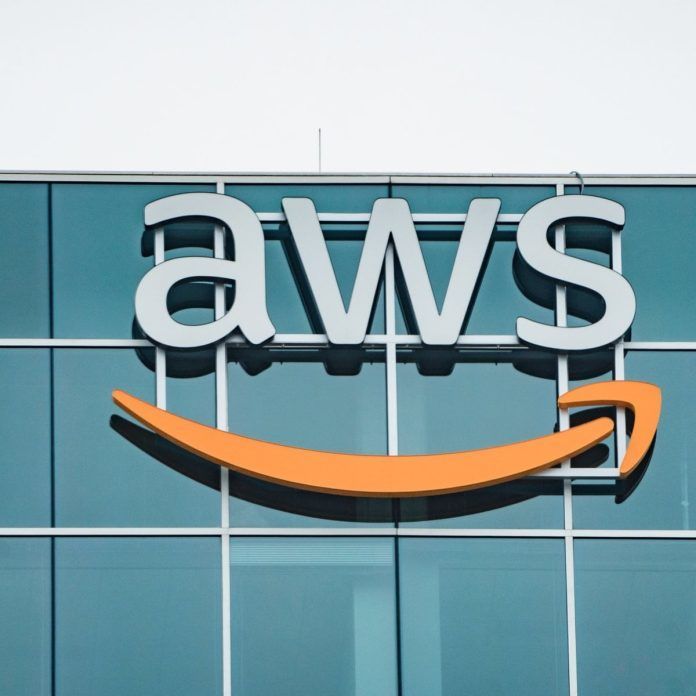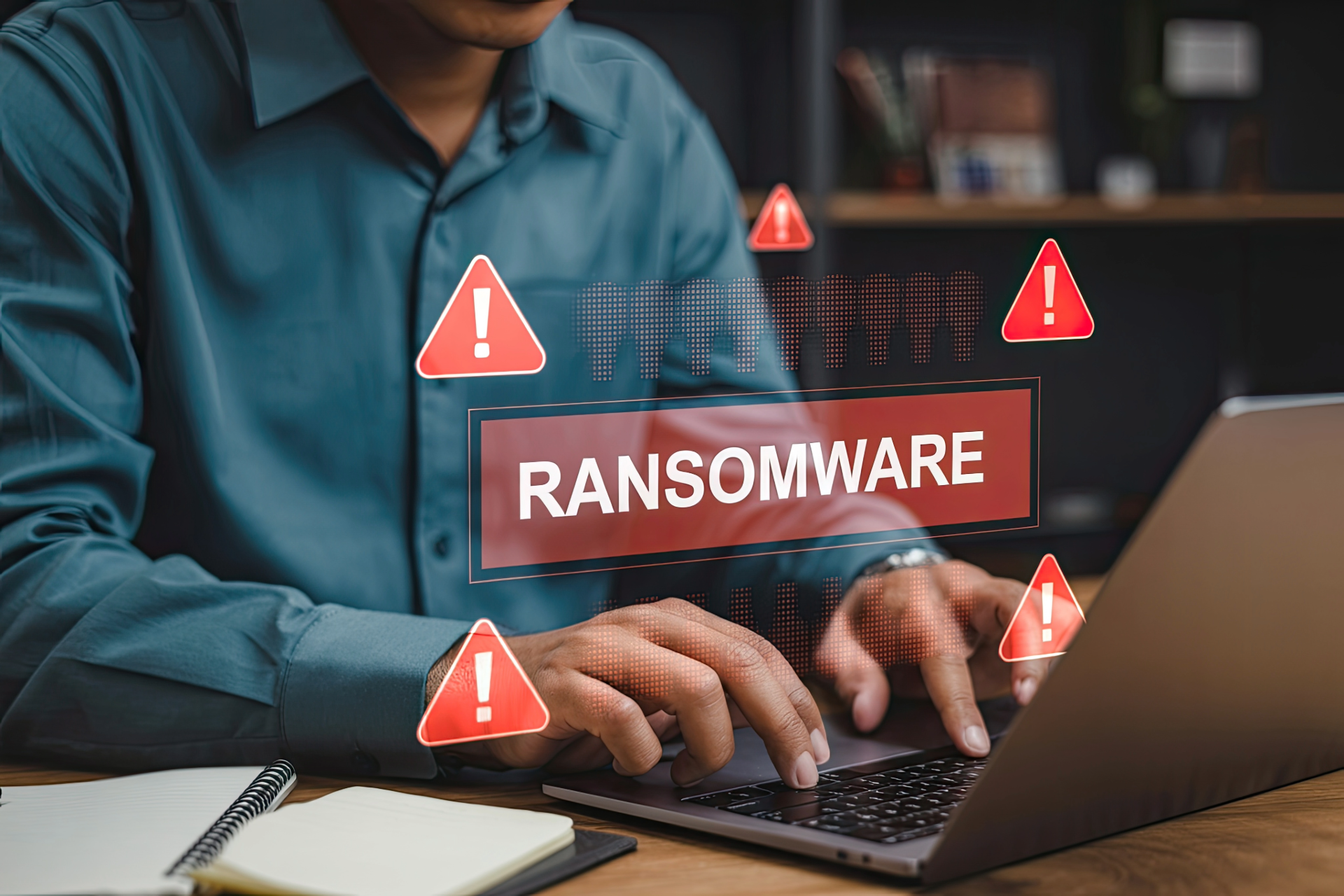Every year our holiday party seems to get better! Our team has some favorite games that we do every year including the saran wrap ball game, LRC, and our white elephant game. We also had a festive hat competition where the best holiday hat won a gift card.
1. The Saran Wrap Ball Game: If you haven't ever played the saran wrap game, you have to check it out and think about incorporating it into your next holiday party. The gist of the game is this: You take whatever prizes you want and wrap them up in about 2 full rolls of saran wrap. Make sure the prizes are spread throughout the various layers of the saran wrap since the ball will pass to multiple people. The game starts with everyone gathering in a circle around a table and one person gets to start with the ball. The person to their left begins rolling 2 dice to try to get doubles. As soon as doubles are rolled, the ball passes to the person to the left as do the dice. Whoever has the ball tries to unroll the ball as quickly as possible to get the prizes until they have to pass it on. (More details here:)
You don't know how competitive your teammates really are until you put this game into action! Our ball was full of candy, Buffalo Wild Wings gift cards (a team favorite), Fandango gift cards, and lottery scratchers.
2. LRC- Left Right Center: Our team brings $3 each and the winner usually takes around $60 home!
3. White Elephant: Nothing new here, but it is a STAPLE. Our group always has so much fun bringing hilarious things. This year's gifts included a squatty potty, a flashlight taser, a motion sensor light for a toilet.
Hope your team has as much fun with these games as we did!






